A link to the Past.
It's safe to say that Developer Cornfox and Bros certainly love The Legend of Zelda. Oceanhorn: Monster of Uncharted Seas was a throwback to the Zelda adventures of yesteryear, providing a remarkable adventure despite its somewhat clunky nature. While the same could be said of their latest release, Oceanhorn 2: Knights of the Lost Realm, their timetable on their inspiration for the series has moved onto the era of Windwaker and beyond. While Oceanhorn 2 is a significantly more ambitious project, its mobile ties and some questionable design choices hold it back from being something truly special.
Like Oceanhorn: Monster of the Uncharted Seas, you play as an unnamed hero, an adventurer who dreams of bigger things. Your journey begins as the hero is looking to become a knight, tasked with protecting the realm from the forces of evil. And before long, you’ll take up an assortment of weapons and items to stop an invading force from conquering the land.
Oceanhorn 2 takes place on Gaia, a planet that houses several unique species, each at various stages of technological advancement. From your typical fantasy setting to vast oceans, sunken cities, industrial factories, and winter villages, you’ll tour much of Gaia’s visual splendor during the bulk of your journey. While much of it will be on foot, you'll also have access to a boat and plane, though I rarely ended up using them.
As was the case in Oceanhorn, the hero relies on the advice and guidance of an elderly mentor, this time in the form of Master Mayfair, a knight with an important past. It is also here where you’ll meet Gen, a robotic companion with ties to that very past. He was a character that while I found pretty damn engaging, his voice actor unintentionally matches the tone and pitch of most of Jason Steele's Filmcow characters, so much so that it almost became distracting. That said, the bulk of the voice acting for the likes of Trin, Master Mayfair, and much of the additional cast is fairly solid, if a bit ‘Saturday Morning cartoony’.
Where the hero of this story is essentially Link, in nearly every single capacity, then Trin would be his Zelda. Trin is a wayward Princess who has become a knight and is being chased by an evil force named the Dark Army. Your first mission with Trin ends in a chaotic chase sequence, which I found to be a great introduction to the character and a very enjoyable gameplay sequence on its own. However, for as well as they attempt to write Trin and make her a strong and independent character, her role ultimately falls into the same trap that Zelda herself often falls victim to, forcing an unspoken romance with the lead when it never feels earned.
Both Trin, Master Mayfair, and Gen, will join you at various points in the game, assisting you with puzzles and combat, even if their AI is largely useless when it comes to succeeding in each encounter. As for puzzles, you’ll point at where you want them to interact, push a button and Trin will throw her weapon at a nearby switch or you’ll command them to stand on a platform. It’s very basic stuff, but having them alongside you did make the game feel less lonely as you went about your objectives. I can understand not wanting them to defeat everything you encounter, but a happy middle-ground could have prevented them from sometimes just standing there as you fought waves of incoming monsters essentially by yourself.
For as entertaining as some elements of the story can be, a great deal of the story lacks consistency for its storytelling and the overall plot has little to no payoff. While it certainly sets in motion aspects of the lore found within Monster of the Uncharted Seas, the game’s final moments, while bold, failed to provide any sort of clean or satisfying conclusion, especially since the game’s villain slowly became one of the most intriguing characters, until they suddenly were not, given that there is next to no resolution for them here.
Apart from its inconsistent handling of the story and its characters, I still enjoyed the other elements of Oceanhorn 2 a fair bit, providing a roughly 15-20 hour adventure that while simplistic in its gameplay moments and adventuring, was still largely enjoyable and often gorgeous to look at. This is a title that I can see what they were attempting to do and hope that another attempt at improving what has come before allows for a more fleshed-out and polished adventure. Given the glow-up from Monster of Uncharted Seas, I am eager to see what they do next.
Regardless of what Oceanhorn 2 attempts to do with its gameplay, its more simplistic take on The Legend of Zelda is very apparent here, down to slashing pots, throwing bombs, and even utilizing a hook shot. There are even moments in the story where you start to see moments pulled from the lore of Link and Zelda, and their connection to the Triforce. While Oceanhorn 2 is certainly a game built from the admiration of the Zelda series, I’d love to see it grasp a bit more of its own identity and use those inspirations to enhance its gameplay instead of solely relying on them in a copy and paste sort of nature.
Combat itself is simple but the ability to roll is what allows for Oceanhorn 2 to have some pretty decent mobility. You’ll go through a few swords and shields, but eventually, you’ll find a Master Sword-looking weapon that will eventually end that cycle of finding new alternatives. This weapon and the shield replace your previous ones, eliminating the need for an inventory screen. To solve some of the variety, you can often pick up dropped weapons from downed foes; such as spears, greatswords, and rifles. They last for at least an upcoming battle, but in future installments, I would love them to be selectable through your inventory, adding additional depth to a constantly evolving battle system. Given that The Legend of Zelda has done that through Breath of the Wild and Tears of the Kingdom, I can see Cornfox and Bros likely aiming for some of that weapon diversity as well, but hopefully without the weapon degradation.
You’ll also wield a magical Caster gun, able to shoot elemental attacks such as an electrical charge, or a fiery blast, to a frozen chunk of ice. This gun can also pull double duty in solving certain puzzles or contributing to some make-shift platforming, such as creating ice platforms in water, allowing you to access out-of-reach ladders to vines to climb up on. I will say that the electrical charge in solving puzzles took me a lot of trial and error to figure out that I had to hold the charge to move it from node to node. Thankfully, refilling your electrical charges is easy due to pots replenishing charging shards whenever you leave a close-range stash of them, also working to your advantage when you need some additional health during the game’s few boss encounters.
However, where combat sort of misses is the inclusion of a stamina bar. Running and dodging drains your stamina, but enemies rarely attack you in ways where dodging is absolutely critical to success. The recharge of your stamina gauge also makes it an annoyance to really sprint anywhere, constantly having to stop as it refills or hoof it at normal speed. You also have a charge attack that drains your stamina, but again, it’s never really needed as the AI here for battles doesn’t make for intelligent or engaging encounters. Combat is fun due to its nature and how good it can feel to throw down, but don’t expect challenging encounters, regardless of the size of your foe. The stamina gauge simply acts as a limiter for no real reason and a lot of my issues with exploring and combat would disappear entirely if that stamina bar was just patched out.
Between battles and exploring, Oceanhorn 2 offers a decent chunk of puzzles. While some simply work to offer you an orb to set upon a pedestal, the act of getting that orb is where most of the puzzles take place. From connecting a series of electrical nodes to pulling switches and changing the water level of a room, most of these distractions are fairly easy to figure out without causing you to get stuck for too long. Though as I did mention before, It took me a while to grasp how to properly use the Caster gun’s electricity for its purpose.
While Oceanhorn 2 looks fairly impressive on mobile devices, and runs fairly ok on the Nintendo Switch, seeing it run on the Xbox Series X at 4K/60 is very impressive. There are notable visual blemishes in character eyes being far too intense, or even Master Mayfair’s incredibly poor beard, but the visuals of the game’s environments and monsters, are just perfect and provide a damn good-looking game when compared to its indie contemporaries. Oceanhorn 2 runs pretty damn flawless here and it just looks great.
While the game has some fairly allright UI during gameplay, such as each area showing you the number of chests left to find, or how many collectible Bloodshards are left to discover, the menu UI in the pause screen is another matter entirely. While the map and gear are more than fine, showing the upgrades you can make to your weapons, through shards you’ll find as you explore, as well as the heart upgrades that didn’t feel too needed as the game is remarkably easy, the quest tab itself is simply not what it should be. Throughout the game, you’ll be able to find small quests, such as special bosses to encounter, and more if you take the time to look. However, the quest page showcases dialogue from a scene and what keys you have, but none of the actual quests. This tab is literally called “Quests” but doesn’t feature them, making you unaware of anything you have left to take on.
Also found in the menu and out in the world is Tarock, a 9-space grid card game that is fairly enjoyable, especially as you start to collect more cards and upgrade them, tinkering with a build as you attempt to build a better deck. As you progress, you’ll find more cards, especially through bosses that drop a card when you defeat them. There are tons of other characters to challenge, so make sure to take the time to at least get in a few rounds. Lastly, are challenges, such as exploring a region to its fullest, or learning the true story of the hero. These reward you with experience, leveling you up as you enhance your Knight rank.
Now, I’ve been fairly harsh in regard to some aspects of Oceanhorn 2, but make no mistake, I did have a good time with it. While I like its simplistic story, the method of how it's told and the character moments here that don’t feel earned do lessen its appeal. I think the ideas it presents, such as how it develops its villain is decently solid, but so much here feels designed around setting the stage for Monster of the Uncharted Seas rather than what Knights of the Lost Realm could have been. Combat does lack a bit due to the stamina bar and its fairly dumb enemies, but that didn’t stop me from using the wealth of tools I had at my disposal for its still enjoyable encounters, especially a few bosses.
While Zelda clones are a dime a dozen now given the tools available to several indie teams, and the passion and creativity to fashion them, Oceanhorn 2 is still one of my favorites to take that inspiration and do something with it. Being a Zelda clone is one thing, but sticking to that path is not something that has really benefited those that have done the same thing. Oceanhorn 2 is a solid experience, it’s competent in many ways, but it simply lacks the design polish of what it is inspired from, and can feel fairly janky and unfinished as a result. I do want to see what Cornfox and Bros can do to further along what Oceanhorn is, and what it can be. I certainly had a good time here, but hopeful that a possible Oceanhorn 3 can offer me a great one instead.
Developer - Cornfox & Bros. Publisher - FDG Entertainment. Released - August 2nd, 2023. Available On - Xbox Series X, PS5, Nintendo Switch, Apple Arcade, Windows. Rated - (T) - Fantasy Violence. Platform Reviewed - Xbox Series X. Review Access - A review code was provided by the PR/publisher for the purpose of this review.







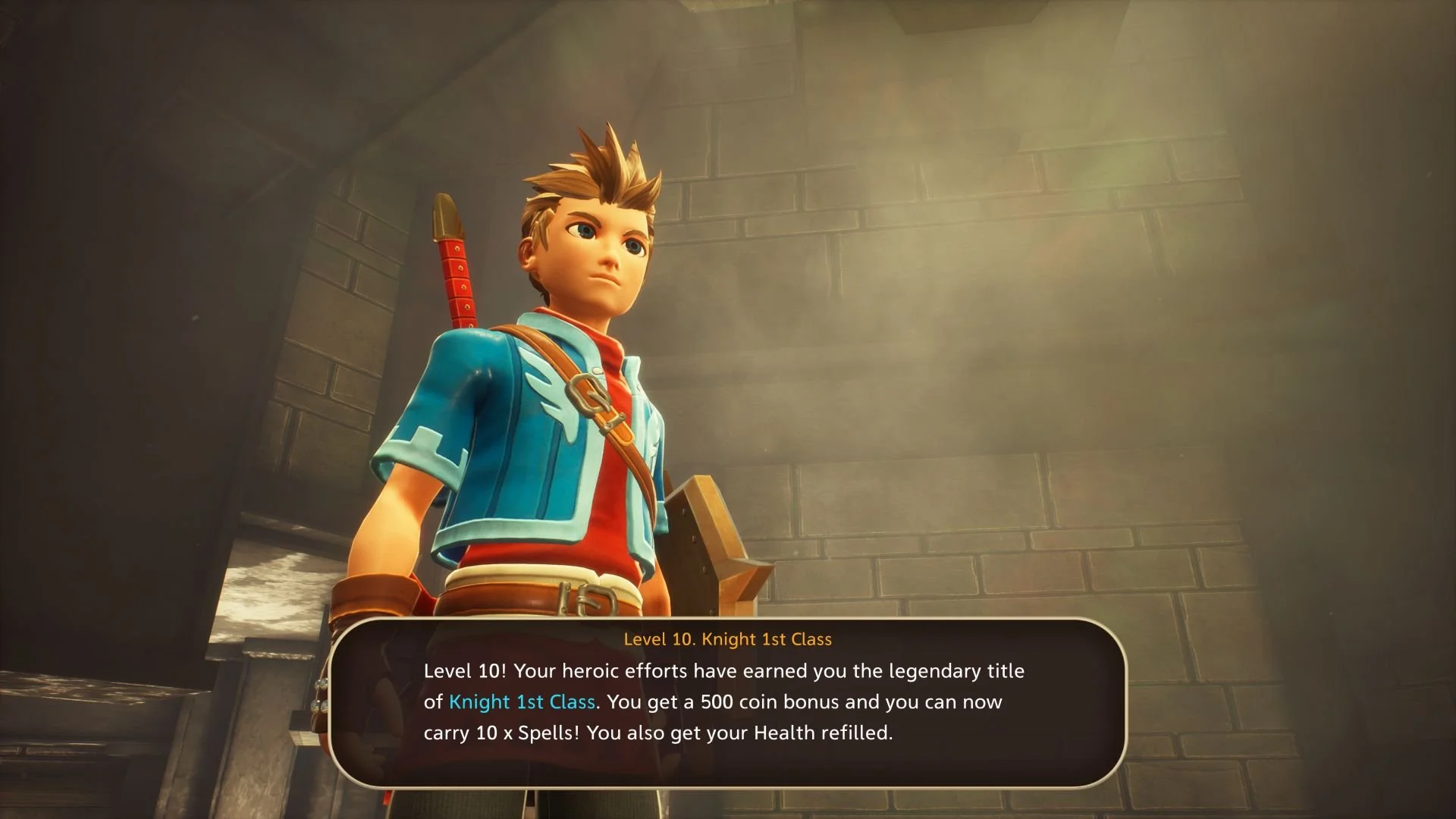
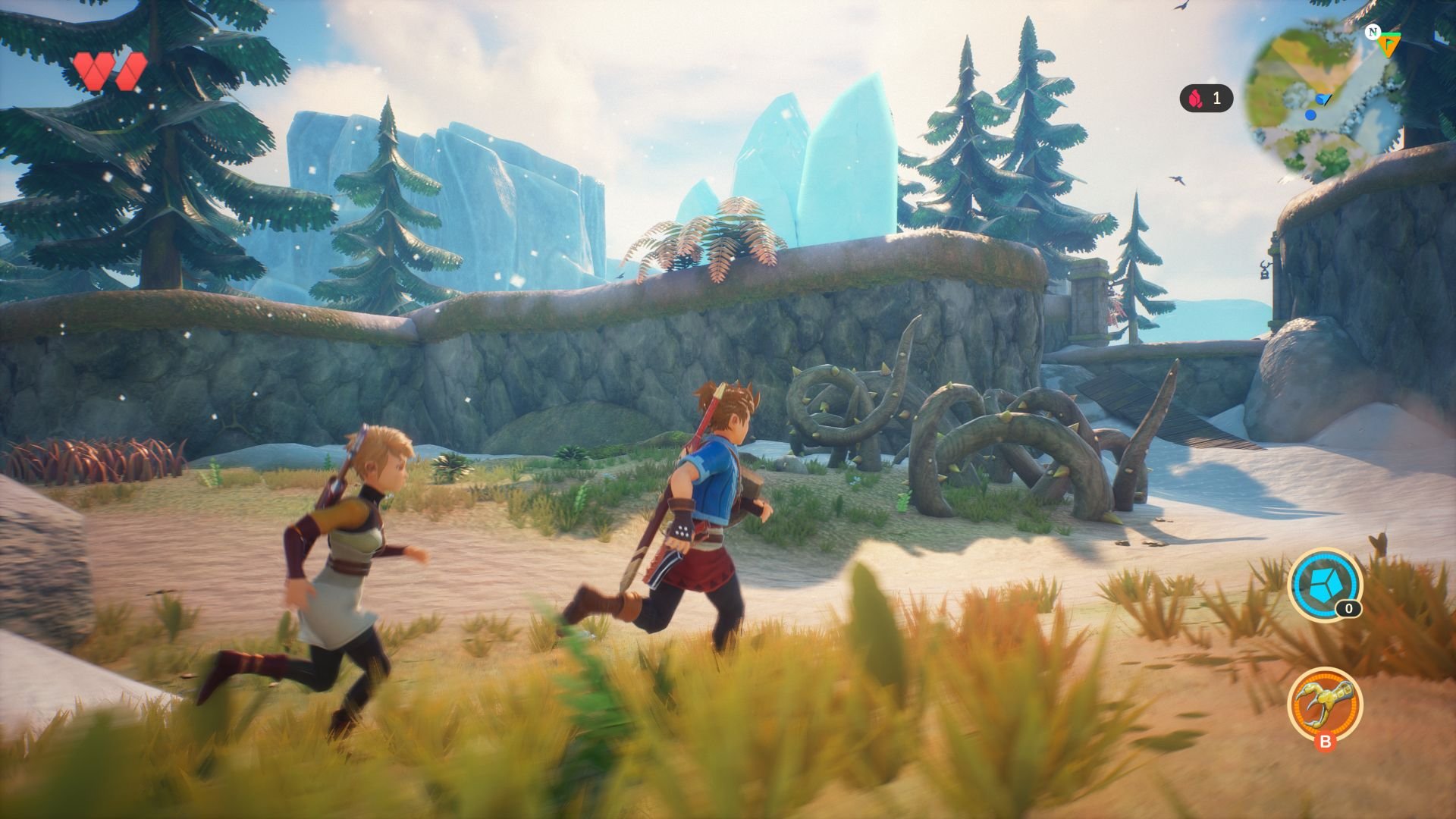
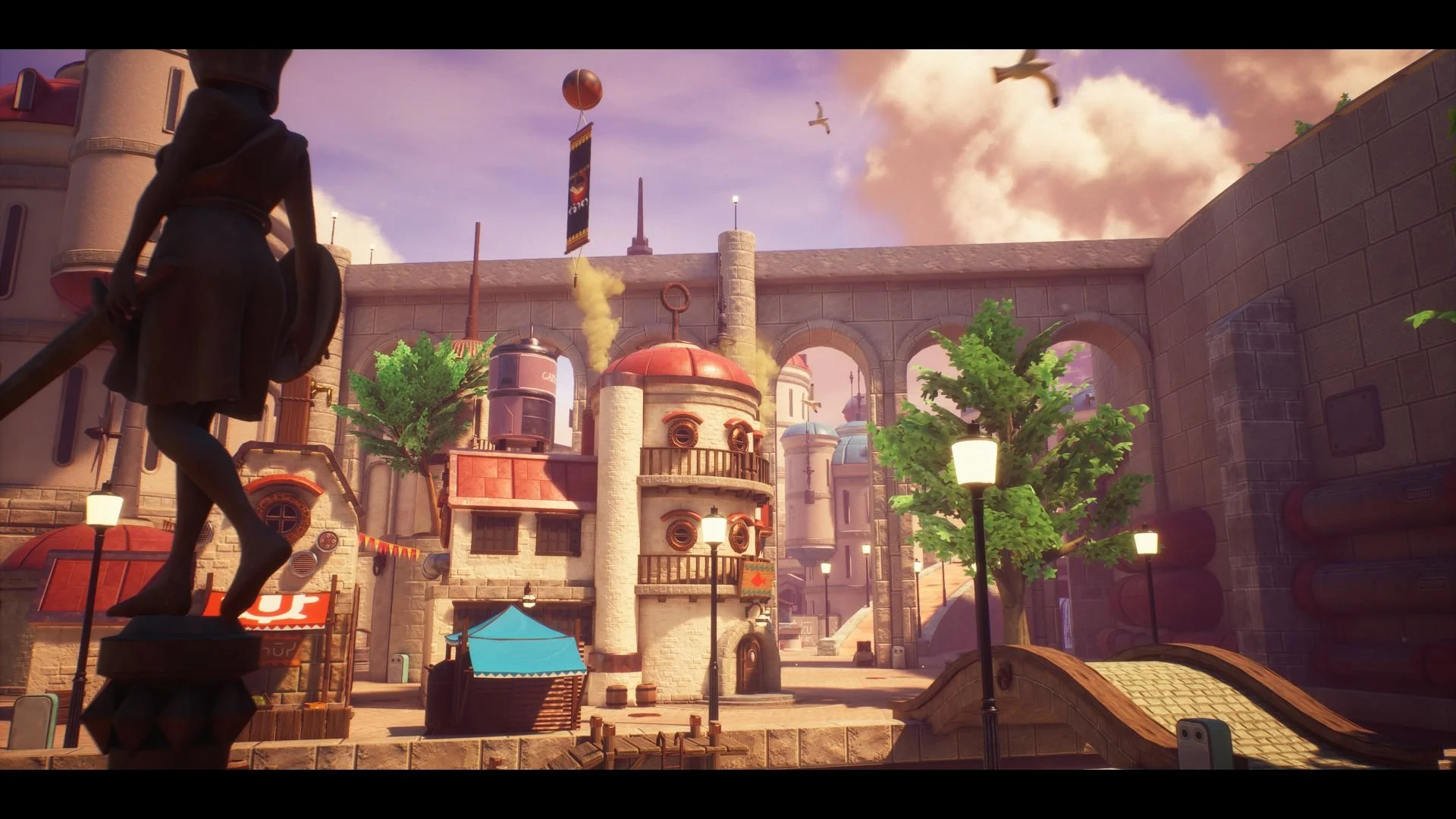


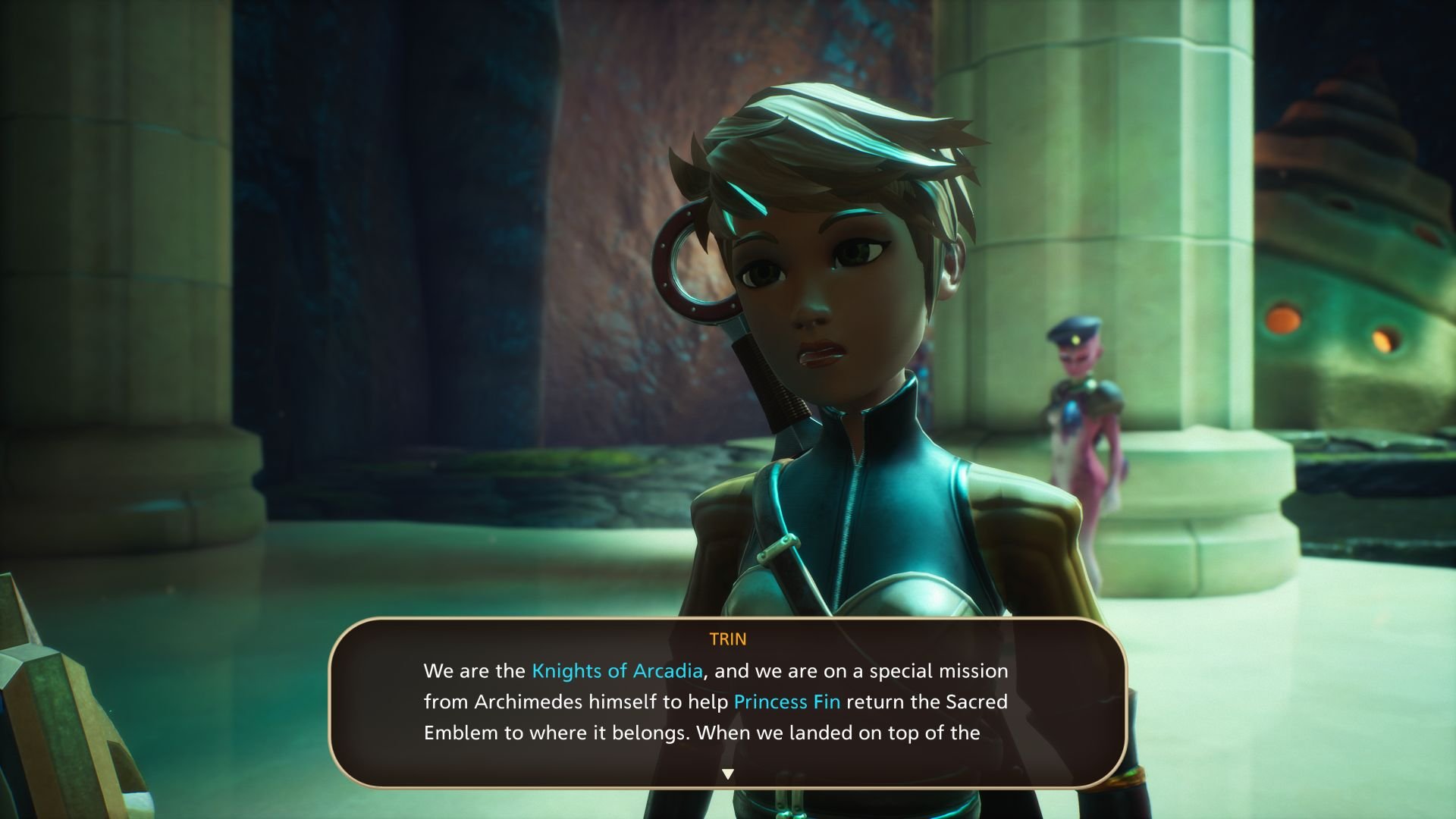
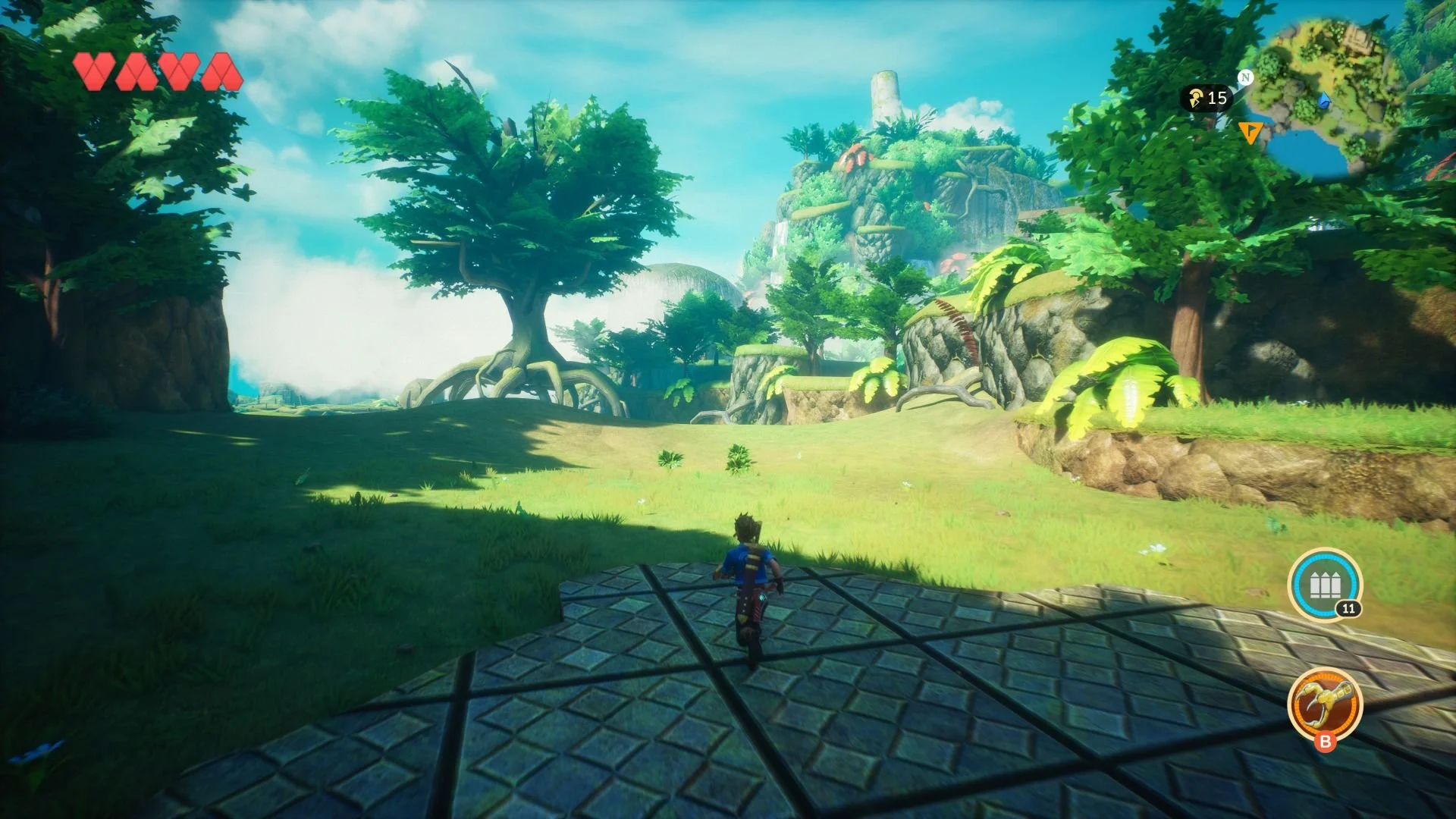



Jeff is the original founder of Analog Stick Gaming. His favorite games include The Witcher III, the Mass Effect Trilogy, Hi-Fi Rush, Stellar Blade, Hellbade: Senua’s Sacrifice, and the Legend of Heroes series, especially Trails of Cold Steel III & IV.